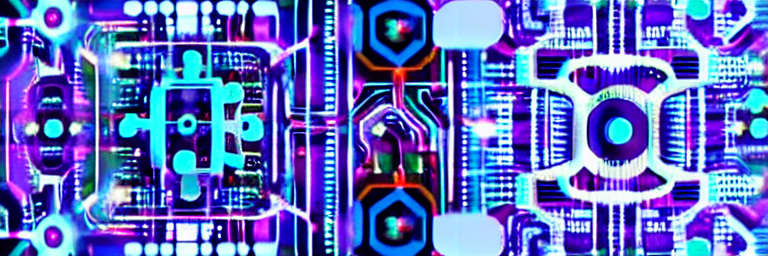Artificial Intelligence (AI) has rapidly evolved in recent years, transforming various industries and shaping our daily lives. At the core of AI systems are intelligent agents that interact with their environment and make autonomous decisions. These agents can be classified into different types based on their characteristics and functionalities. In this post, we will explore the various types of AI agents and delve into their unique features.
Reactive Agents
Reactive agents are the simplest form of AI agents that respond to the current state of the environment without any memory of past actions. They do not possess internal models or the ability to plan ahead. These agents rely on pre-defined rules and patterns to make decisions in real-time. Reactive agents are well-suited for tasks with clear objectives and straightforward actions, such as playing board games or driving a car in a controlled environment.
Deliberative Agents
Deliberative agents are more complex than reactive agents as they have the ability to maintain an internal model of the world and plan their actions based on this model. These agents consider the current state of the environment, analyze the available options, and evaluate potential outcomes before making a decision. Deliberative agents excel in scenarios that require long-term planning, such as strategic games, route optimization, or complex problem-solving tasks.
Hybrid Agents
Hybrid agents combine the characteristics of both reactive and deliberative agents. They possess the ability to react to immediate situations while also utilizing a planning component for more complex decision-making. These agents adapt to changing environments and balance short-term reactive behavior with long-term planning. Hybrid agents find applications in dynamic environments where both reactive and deliberative actions are necessary, such as autonomous vehicles navigating through unpredictable traffic conditions.
Proactive Agents
Proactive agents go a step further by not only responding to the environment but also initiating actions based on their internal goals and motivations. These agents possess the ability to anticipate future states and take actions to achieve desirable outcomes. Proactive agents continuously analyze the environment, predict future events, and make decisions that align with their objectives. They are commonly employed in tasks such as personalized recommendations, proactive customer service, and intelligent virtual assistants.
Learning Agents
Learning agents are characterized by their ability to acquire knowledge and improve their performance over time through experience. These agents learn from the environment, historical data, or human feedback, and adapt their behavior accordingly. Learning agents employ various techniques such as supervised learning, reinforcement learning, or unsupervised learning to enhance their decision-making capabilities. They are commonly used in tasks such as image recognition, natural language processing, and anomaly detection.
Collaborative Agents
Collaborative agents are designed to work in conjunction with other agents, whether human or artificial, to achieve common goals. These agents possess communication and coordination capabilities, enabling them to share information, delegate tasks, and synchronize their actions. Collaborative agents find applications in multi-agent systems, distributed problem-solving, and cooperative robotics, where multiple entities need to work together to accomplish complex objectives.
Types of AI Agents: Conclusion
AI agents come in various forms, each with its own set of characteristics and functionalities. From reactive agents that respond to the immediate environment to proactive agents that anticipate future states, and from deliberative agents that plan ahead to collaborative agents that work together, the diversity of AI agents enables their application across a wide range of domains.
Understanding the different types of AI agents is crucial for developing intelligent systems that can effectively navigate and interact with their environments. As AI continues to advance, we can expect further innovations and combinations of these agent types, leading to more sophisticated and capable AI systems that can handle increasingly complex tasks.

